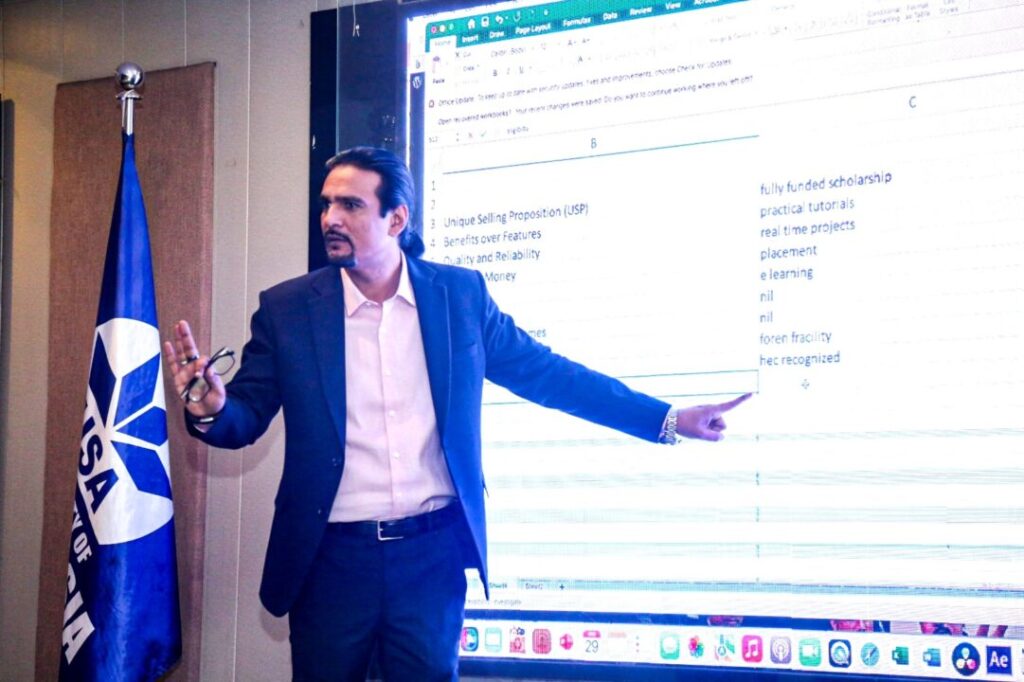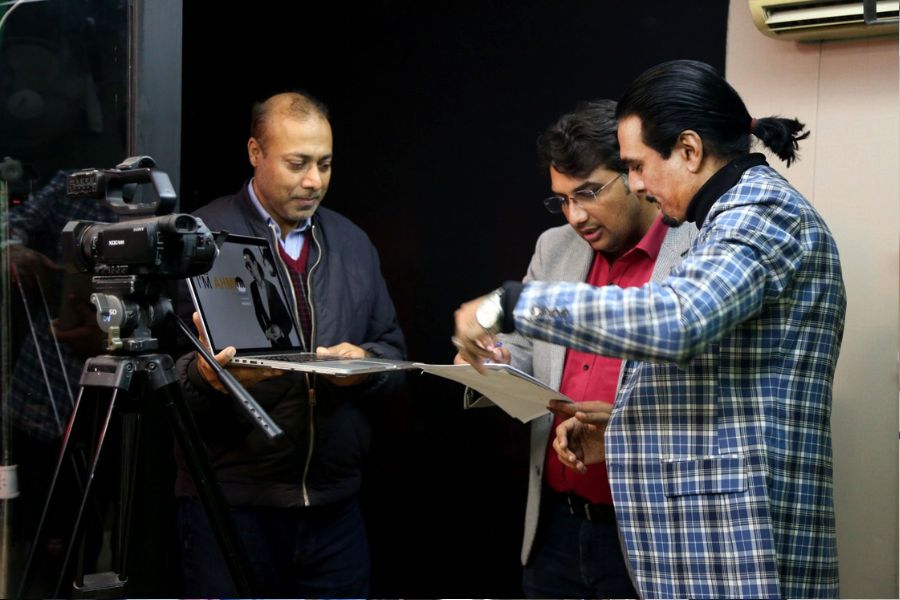Table of Contents
Introduction
Dialogue is the heartbeat of storytelling. It breathes life into characters, moves the plot forward, and engages readers or viewers on an emotional level. As a filmmaker and writer, I understand the power of well-crafted dialogue. This article is designed to delve deep into the art of Dialogue Writing Techniques, Dialogue Writing Examples, Dialogue Writing Tools, Dialogue Writing prompts, and Dialogue Writing rules to help you master this crucial aspect of storytelling.
Understanding Dialogue Writing

What is Dialogue Writing?
Dialogue writing involves crafting the spoken words between characters in a story. It’s not just about what the characters say, but how they say it, why they say it, and what is left unsaid. Dialogue can reveal character traits, build tension, and convey subtext.
The Role of Dialogue in Narrative
Dialogue plays multiple roles in a narrative. It reveals character personalities, creates conflict, and advances the plot. Good dialogue makes characters feel real and relatable, immersing the audience in the story.
Key Dialogue Writing Techniques
Show, Don’t Tell
This classic advice applies to dialogue as well. Instead of telling the audience what a character feels, show it through their words and actions. For example, instead of saying “John was angry,” have John slam his fist on the table and say, “I can’t believe you did that!”
Keep It Natural
Natural dialogue mimics real conversation but with a purpose. It should flow smoothly and sound authentic without becoming mundane or filled with unnecessary filler words.
Use Subtext
Subtext is the fundamental significance behind the words expressed. It’s what the characters really mean, even if they don’t say it outright. This adds depth and complexity to dialogue.
Develop Unique Voice for Characters
Each character should have a distinct voice. This can be achieved through vocabulary, speech patterns, and tone. A professor might speak more formally, while a teenager might use slang.
Balancing Dialogue with Action
Good dialogue is often accompanied by actions. Characters should do things while they talk, which makes the scene more dynamic and realistic.
Dialogue Writing Examples
Examples from Classic Literature
Consider Jane Austen’s “Pride and Prejudice.” The dialogue between Elizabeth Bennet and Mr. Darcy is witty and sharp, revealing their personalities and evolving relationship.
Examples from Modern Films
In Quentin Tarantino’s “Pulp Fiction,” the dialogue is iconic. Take the conversation between Jules and Vincent about the “Royale with Cheese.” It’s casual yet memorable, and it builds their characters effectively.
Analyzing Effective Dialogue
Effective dialogue is concise, purposeful, and character-driven. Analyze scenes from your favorite books or movies to see how dialogue shapes the narrative and develops characters.
Dialogue Writing Tools
Software Tools for Dialogue Writing
Tools like Final Draft, Celtx, and Scrivener offer features specifically designed for writing scripts and dialogues, helping you format your work professionally. Also can use free AI Dialogue Writing Tools.
Apps to Improve Dialogue
Apps such as Grammarly and ProWritingAid can help refine your dialogue, catching grammatical errors and suggesting improvements in style and clarity.
Online Resources and Communities
Websites like Writer’s Digest and forums like Absolute Write offer valuable advice and feedback from fellow writers. Engaging with these communities can provide insights and inspiration.
Dialogue Writing Prompts
Creative Prompts to Inspire Dialogue
Prompts can kickstart your creativity. For example, “Write a conversation between two strangers stuck in an elevator,” or “Create a dialogue where one character is hiding a secret.”
How to Use Prompts Effectively
Set a clock and compose consistently for a set period. Don’t worry about perfection; focus on getting the words down. Prompts are meant to stimulate your imagination.
Examples of Dialogue Prompts
- “Two characters arguing about a misunderstanding.”
- “A mentor giving advice to a mentee.”
- “A confrontation between a hero and a villain.”
Dialogue Writing Rules
The Do’s and Don’ts
Do: Keep dialogue concise and relevant. Don’t: Overuse adverbs or exposition.
Common Mistakes to Avoid
Stay away from on-the-button exchange where characters say precisely exact thing they mean. Real conversations are rarely that direct.
Tips for Editing Dialogue
Read your dialogue out loud. This helps identify awkward phrasing and ensures it sounds natural. Also, seek feedback from others. 10 Tips For Polishing The Best Dialogues In Your Writing
Advanced Dialogue Techniques
Using Silence and Pauses
Silence can be powerful. Pauses in dialogue can create tension, emphasize emotions, and make the conversation more realistic.
Incorporating Non-verbal Communication
Non-verbal cues like body language and facial expressions can enhance dialogue. Describe these actions to add depth to the conversation.
Writing Multilingual Dialogue
If your story involves characters speaking different languages, use multilingual dialogue to add authenticity. Ensure it’s clear and accessible to the reader.
Dialogue in Different Genres
Dialogue in Drama
In drama, dialogue often drives the emotional core of the story. It should be intense and impactful, reflecting the characters’ inner turmoil.
Dialogue in Comedy
Comedy relies on timing and wit. Dialogue should be snappy and humorous, often using misunderstandings and wordplay.
Dialogue in Action and Adventure
In action genres, dialogue is usually fast-paced and urgent. It should match the high energy of the scenes and contribute to the tension.
Challenges in Dialogue Writing
Overcoming Writer’s Block
Writer’s block can be a major hurdle. Try changing your environment, taking breaks, or using prompts to spark your creativity.
Dealing with Criticism
Criticism is part of the writing process. Use it constructively to improve your dialogue. Remember, every writer faces rejection.
Refining Your Style
Developing a unique style takes time. Write regularly, study other writers, and experiment with different techniques to find your voice.
Practical Exercises
Exercises to Practice Dialogue Writing
- Write a scene entirely in dialogue, without any description.
- Rewrite a piece of dialogue from a different character’s perspective.
Group Activities and Workshops
Joining a composing gathering or studio can give significant input. Collaborating with others can also offer new perspectives and ideas.
Peer Review Techniques
When reviewing others’ work, focus on clarity, naturalness, and character voice. Offer constructive criticism and be open to receiving it in return.
Resources for Continued Learning

Recommended Books and Articles
Books like “Dialogue” by Robert McKee and “Writing Dialogue” by Tom Chiarella offer in-depth insights into crafting effective dialogue.
Online Courses and Webinars
Platforms like MasterClass and Udemy offer courses from experienced writers. These can be a great way to learn at your own pace.
Writer’s Groups and Forums
Joining forums like Reddit’s r/writing or local writing groups can provide a supportive community and continuous learning opportunities.
Conclusion
Dialogue writing is a skill that can transform your storytelling. By mastering techniques, learning from examples, utilizing tools, and practicing regularly, you can create compelling, realistic dialogue that captivates your audience. Keep experimenting and refining your craft, and remember that great dialogue often lies in the subtext and the unsaid.
FAQs
1. What is the best way to start writing dialogue?
Start by listening to real conversations and noting how people speak. Practice writing dialogue that feels natural and authentic.
2. How can I make my dialogue sound natural?
Read your dialogue out loud and revise it until it flows smoothly. Avoid overly formal or stiff language.
3. What are common mistakes in dialogue writing?
Common mistakes include using too much exposition, making dialogue too on-the-nose, and failing to differentiate character voices.
4. How important is subtext in dialogue?
Subtext is crucial as it adds depth and complexity. It allows characters to communicate underlying emotions and motives.
5. Where can I find good prompts for dialogue writing?
Websites like Writer’s Digest and forums like Reddit’s r/WritingPrompts offer a wealth of creative prompts to inspire your dialogue writing.

